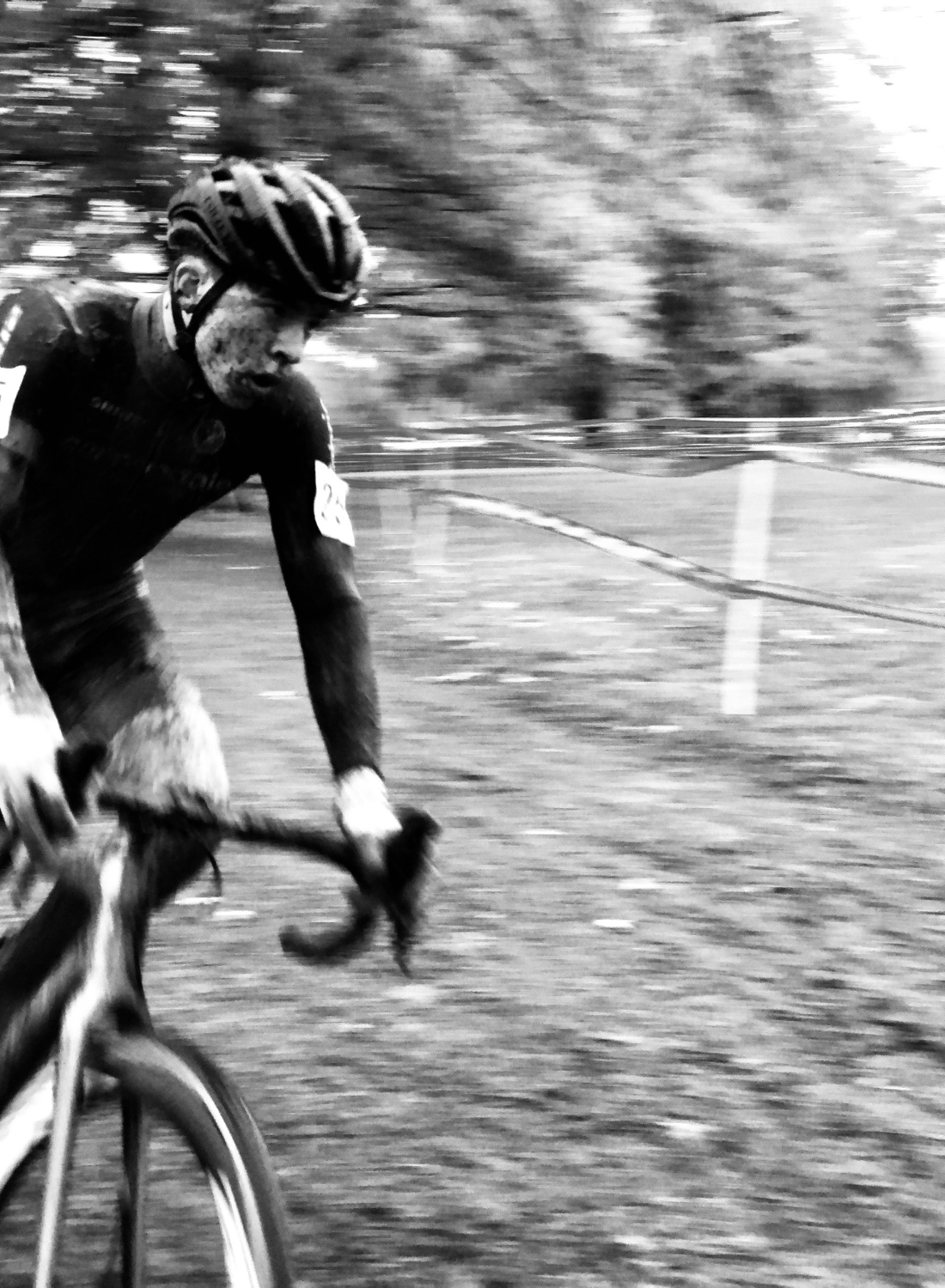From the Expert: Short Course Focused Repeats For Long Course Athletes
We at BASE Performance strive to help you achieve your goals, which extends beyond nailing your nutrition and supplementation regimen. As such, we reached out to QT2 Systems Founder & Coach Jesse Kropelnicki to generously shares with us some of his training wisdom!
Every decision that you make as an athlete or coach, from the perspective of training stress, is typically based on some balance between race specificity and what is physiologically best to continue progress. Sometimes the most race-specific workouts, may not be the best for long term physiological development. Conversely, sometimes these objectives align well and make the athlete's planning a bit easier. Consider the athlete who is extremely aerobic in nature, either having been born as such, or having developed that way after many years of aerobic training (more than 8,000 hours!!!). Many times, this type of athlete will respond best to short, highly intense intervals. In fact, it is often these very athletes who require this type of training, in order to continue any significant long-term aerobic development. These are the athletes who, when given the option to do a 20-minute all out effort or a three-minute all out effort, will choose the 20-minute effort without even a thought, otherwise. Typically, the maximum average pace that these athletes can sustain over only three minutes, is very similar (on a relative basis) to that which they can sustain over a full 20 minutes. This is the same athlete whose Olympic distance race pace is only minimally faster than their 70.3 race pace. Simply put, they lack that extra gear! Continued aerobic work would be the athletic equivalent of trying to get water from stone, so it calls for a little change of pace early in the season to get those gears back!
In the battle of race specificity and physiology, these athletes will typically be best served to side with the physiological component, when between 16 and 30 weeks out from race day. But, as race day draws closer and closer, be it a sprint race or full Ironman, it is absolutely essential to include as much race specific training as possible (aerobic in this case). Even if early season short intensity work is required, aerobic efficiency will still be needed for any long course event. However, due to the Ironman‚ very long duration, the aerobic physiology of most athletes simply does not meet its demands. As a result, this type of short repeat work should only be done after a solid period of aerobic development, and fall during the final 12 weeks before race day where it is still useful for sharpening.
Traditionally, long course athletes have avoided high intensity intervals opting for more race specific, longer aerobic workouts. But, higher intensity intervals provide a more efficient and powerful anaerobic energy system; the ability to operate at intensities beyond anaerobic threshold! This is a tool, not necessarily required for good Ironman racing, but sometimes required to continue aerobic development over the long haul. Also, many times an athlete‚ race day power distribution may contain points that exceed anaerobic threshold, even at the Ironman distance. Having some robustness in this area will help those athletes reduce the impact that these "match-burning" power surges have on run performance. Shorter repeats also help promote efficiency of sport mechanics by improving neuro-muscular connections. All valuable considerations for the long course athlete.
Additionally, the recent research by Dr. Jens Bangsbo of the University of Copenhagen has shown that if you want to run, cycle or swim faster, at any distance, you have to train at a pace that is almost as fast as you can physically move (Journal of Applied Physiology, November 2009). He has shown in this study that the potassium pump partially responsible for creating the electrical potential between sodium and potassium for muscle contraction may play a role in long endurance race fatigue; the efficiency of this process begins to breakdown. The same research has shown that certain types of workouts can improve the efficiency of this process and avoid this breakdown. This type of training can be termed "Potassium Pump Training", or as I like to call the specific session we use at QT2 Systems, PPTs. These workouts consist of 10 repeats of 30 seconds all out, each followed by 2 to 3 minutes of rest. The key is to be completely rested before each 30 second sprint, so that maximum intensity can be used, and to promote good mechanics, as it can be very difficult to maintain form when in a fatigued state. PPTs can be implemented once each week, per sport, and are most safely implemented in the water, and on the bike. Only those who have shown a terrific resilience to injury should attempt PPTs while running, as the risk associated with an all out 30 second sprint can have unfortunate consequences.
So, as you prepare for your 2016 long course racing season, consider adding PPTs to your toolbox. They may help you to rediscover some of those long lost missing gears and help continue aerobic progress over the long haul.
Jesse Kropelnicki is an elite/pro level triathlon coach who founded QT2 Systems, LLC, a leading provider of personal triathlon coaching; TheCoreDiet.com, a leading provider of sports nutrition; and Your 26.2 a marathon training company. He is the triathlon coach of professional athletes Caitlin Snow, Ethan Brown, and Jacqui Gordon among others. His interests lie in coaching professional triathletes using quantitative training and nutrition protocols. You can track his other coaching comments/ideas via his blog at www.kropelnicki.com.

























Leave a comment